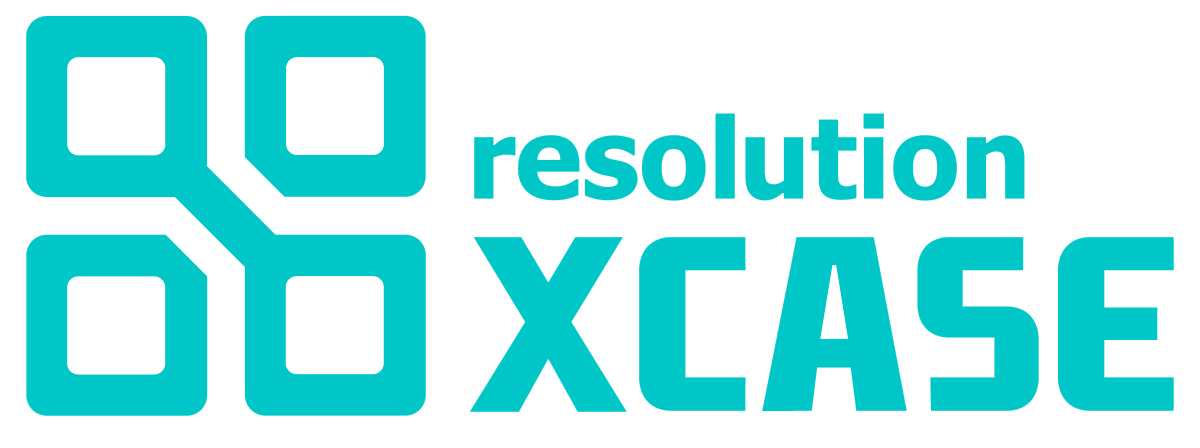Modernize, document and administrate your database on IBM i
Step 1
Modernization & Documentation
Migrate from DDS to SQL and document/implement hidden relationships
Release the full potential of SQL hiding in your IBM i database
Greater speed and better performance are just two key benefits of moving to SQL. You will also prepare your applications to evolve in a wider variety of ways, increase data security and data integrity, reduce future development time and open your database to greater interoperability with other applications as well as reporting, design and management tools.
Address the “coexistence” challenges of database modernization on IBM i
Existing applications will run as before, with no recompilation
Guaranteed gradual and smooth transition between old and new applications
New applications will use the new Database features immediately
Database downtime will be minimal during the modernization process
Modernization solutions:
Migrate from DDS to SQL without changes in existing applications.
Graphically document your data model, discover all the implicit relationships and safely implement them in the database without disrupting existing applications.
Step 2
Governability and Administration
Manage your databases (structure & data) and build coherent and secured test environments
Xcase for i brings freedom, agility and safety to data management on the IBM i. Administration solutions:
Graphically document your data model, discover all the implicit relationships and safely implement them in the database.
Provide all development team members with the right database vision.
Build compact yet comprehensive Dev/Test databases.
Anonymize data in Dev/Test environments.
Conduct a full transformation of your database with minimum impact on your system and your teams
- Transform your database massively with an exhaustive approach, reduce overall costs, avoid the processing errors caused by manual implementation; all this without changing existing programs
- Modernize your database with minimal downtime, whatever its size
- You can also entrust us with the modernization project, leaving your teams focused on your business: we have successfully conducted multiple database modernization projects
CONTACT US
Get in Touch!

FAQ
What is regression testing?
Regression testing (rarely, non-regression testing) is re-running functional and non-functional tests to ensure that previously developed and tested software still performs as expected after a change. If not, that would be called a regression.
What is end-to-end testing?
End-to-end testing is a software testing methodology that verifies the behavior and functionality of an entire application or system from start to finish. It focuses on testing the flow of data and processes across various components, subsystems, and interfaces, ensuring that the system works as intended and meets the desired requirements. In end-to-end testing, the system is tested as a whole, simulating real-world scenarios and user interactions to validate its functionality, performance, and reliability. It involves testing multiple interconnected modules or components to ensure seamless integration and proper functioning of the complete system.
Why is it often difficult to test an IBM i interactive application with 5250 screens?
Traditional 5250 screens are text-based and lack well-defined user interface elements. This can make it challenging to automate the testing process using conventional UI automation tools. Interacting with 5250 screens often requires emulating terminal input and capturing text-based output, which is automatically provided with our tool.
What is the ROI of testing in a digital transformation project?
The return on investment (ROI) of testing in a digital transformation project can be substantial. While the exact ROI will vary depending on the project and organization, here are several ways testing can contribute to ROI: Early Issue Identification and Cost Reduction: Testing helps identify defects, bugs, or functional gaps early in the development process. By catching and addressing issues early, organizations can avoid costly rework, minimize the impact on downstream processes, and reduce the overall project costs. Improved Customer Experience: Digital transformation projects often aim to enhance the customer experience. Through thorough testing, organizations can ensure that the transformed systems, applications, or interfaces provide a seamless, user-friendly experience. This can result in increased customer satisfaction, loyalty, and potentially higher revenue generation. Reduced Downtime and Business Disruptions: Effective testing minimizes the risk of system failures, downtime, or disruptions during the transformation or after the go-live. By identifying and addressing potential issues in advance, organizations can avoid business interruptions, maintain operational continuity, and prevent revenue loss. Enhanced System Performance and Scalability: Performance testing and load testing activities help identify and address performance bottlenecks, scalability issues, or potential limitations of the transformed system. Ensuring that the system can handle increased workloads or user demands improves overall system performance, user satisfaction, and the organization’s ability to handle growth. Compliance and Risk Mitigation: Digital transformation projects often involve compliance with industry regulations, security standards, and data privacy requirements. Effective testing ensures that the transformed system meets these compliance needs, minimizing the risk of regulatory penalties, reputational damage, or legal issues. Increased Efficiency and Productivity: Thorough testing helps identify areas for process improvement, automation opportunities, or usability enhancements. By streamlining workflows, eliminating manual tasks, and improving system efficiency, organizations can realize productivity gains, cost savings, and improved employee satisfaction. Reduced Maintenance and Support Costs: Proper testing helps identify and rectify issues before the system goes into production. This can lead to a decrease in post-production support and maintenance costs as fewer defects or issues arise, resulting in improved system stability and reduced ongoing support efforts. It’s important to note that the ROI of testing in a digital transformation project is influenced by various factors, such as the project’s scale, complexity, industry, and the effectiveness of the testing processes implemented. Organizations should consider these factors when planning and allocating resources for testing, aiming to maximize the ROI and ensure the successful outcome of the transformation project.


